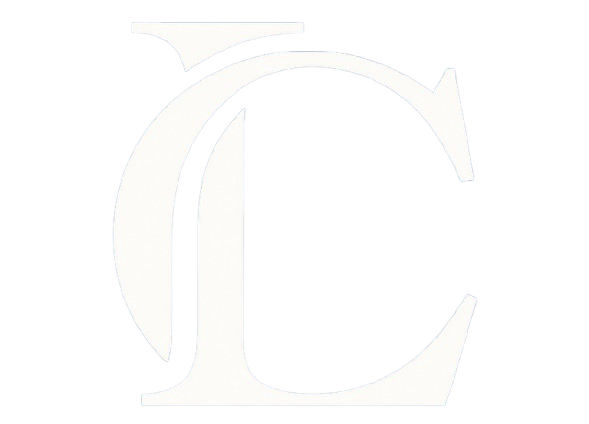Loan Basics

Understanding Loan Fundamentals
Loans are financial tools that allow individuals and businesses to access funds for various needs while repaying over time with interest. Understanding loan basics is essential for making informed borrowing decisions. Loans can be secured (requiring collateral) or unsecured (based on creditworthiness), with varying interest rates, repayment terms, and conditions. The key components of any loan include the principal amount, interest rate, loan term, repayment schedule, and any associated fees.
Types of Loans and Their Purposes
Different loan types serve different financial needs. Personal loans are versatile funds for various personal expenses. Home loans help finance property purchases. Auto loans are specifically for vehicle financing. Education loans cover academic expenses. Business loans support commercial ventures. Each loan type has unique features, eligibility criteria, and tax implications. Understanding these differences helps borrowers select the most appropriate loan product for their specific requirements and financial situation.
- Principal: The original amount borrowed
- Interest Rate: Cost of borrowing, expressed as percentage
- Term: Duration for repayment (months/years)
- EMI: Equated Monthly Installment repayment structure

Before taking any loan, it's crucial to assess your repayment capacity, compare offers from multiple lenders, understand all terms and conditions, and be aware of prepayment penalties or other charges. A good credit score (typically 700+) helps secure better interest rates. Loans can be powerful financial tools when used responsibly, but excessive debt can lead to financial stress. Always borrow within your means and for productive purposes that add value to your financial life.
Frequently Asked Questions
What's the difference between fixed and floating interest rates?
Fixed rates remain constant throughout the loan tenure, providing predictable EMIs. Floating rates change with market conditions (like RBI repo rate changes), which means your EMI or tenure may vary. Fixed rates are generally slightly higher than initial floating rates but protect against future rate hikes.
How does loan tenure affect my payments?
Longer tenures reduce EMI amounts but increase total interest paid over the loan life. Shorter tenures mean higher EMIs but lower total interest. Choose a balance that keeps your EMI manageable (ideally not more than 40-50% of your monthly income) while minimizing unnecessary interest costs.
What factors do lenders consider when approving loans?
Key factors include credit score (payment history), income/stability, existing debts (FOIR - Fixed Obligation to Income Ratio), employment/business continuity, age, and collateral value (for secured loans). Different lenders may weigh these factors differently based on their risk assessment models.

